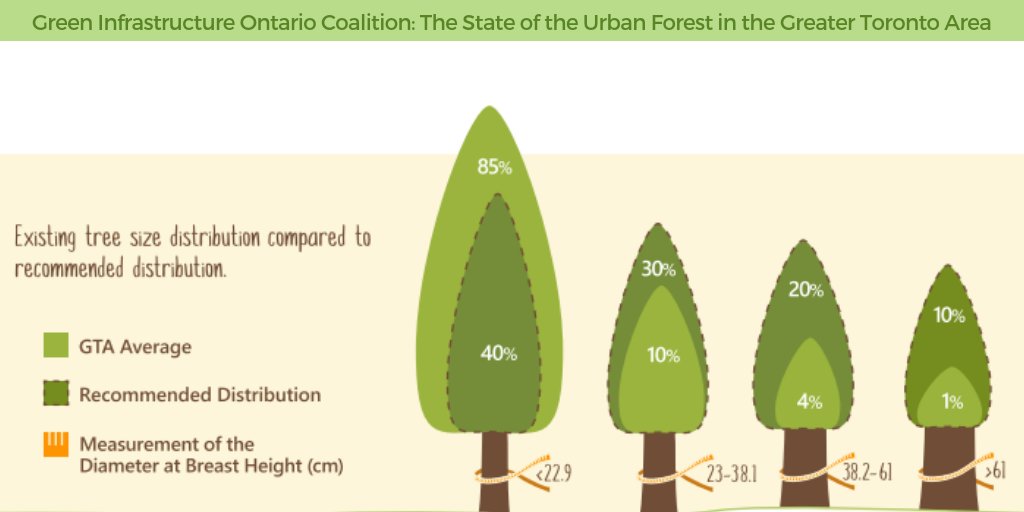The Ecological Impact Of Tree Elimination: What You Need To Know
The Ecological Impact Of Tree Elimination: What You Need To Know
Blog Article
Authored By-Kryger Hull
When it involves the environmental impact of tree removal, there are essential elements that demand your focus. From the elaborate web of partnerships within ecosystems to the subsequent impacts on climate patterns, the repercussions are profound. You may be amazed to find the complex ways in which the removal of trees can resound throughout the setting. Remain tuned to untangle the complex connections and ramifications of this seemingly straightforward act.
Logging and Habitat Loss
Deforestation and habitat loss are important problems stemming from tree elimination. When https://www.sarasotamagazine.com/home-and-real-estate/2019/10/four-great-alternatives-to-grass are reduced, it interferes with whole ecosystems. Not only are the trees themselves shed, but the homes and food sources of many plant and animal types are destroyed too. Birds lose their nesting sites, animals shed their sanctuary, and bugs shed their habitats. The effects surge via the food cycle, affecting predators and prey alike.
Moreover, deforestation contributes to climate change. Trees play an important duty in absorbing carbon dioxide, a greenhouse gas that traps warm in the atmosphere. With fewer trees, there's much less carbon dioxide absorption, resulting in enhanced degrees of this gas in the ambience and exacerbating global warming.
Habitat loss is a straight result of logging, as the devastation of woodlands suggests the loss of unique and diverse ecological communities. Numerous types are not able to adapt to quick changes in their setting, bring about populace declines and, sometimes, termination.
Protecting woodlands is vital to keeping the delicate balance of nature and guaranteeing the survival of plenty of plant and pet species.
Influence on Biodiversity
The removal of trees has a substantial influence on biodiversity, influencing the range and abundance of plant and animal species in a location. Trees provide habitat and food sources for many microorganisms, from pests to birds to mammals. When trees are gotten rid of, these types shed their homes and resources of nutrition, leading to a decrease in their populations. This disturbance can have plunging impacts on the whole ecological community.
Additionally, trees play a critical role in preserving biodiversity by developing microhabitats within their covers, trunks, and roots that support a wide variety of types. When trees are lowered, these specialized settings are ruined, decreasing the general variety of the area.
In addition, the elimination of trees can result in a decline in hereditary diversity within plant populaces, as particular tree varieties might no more be able to reproduce or distribute properly. Safeguarding trees and woodlands is important for maintaining biodiversity and guaranteeing the wellness of ecological communities for future generations.
Soil Erosion and Climate Modification
With trees being eliminated from an area, the disruption of dirt structure and security happens, leading to boosted dirt disintegration. Trees play an important role in stopping disintegration by holding dirt in position with their origin systems. When trees are gotten rid of, particularly in multitudes, the soil ends up being much more vulnerable to erosion from wind and water. This disintegration not just affects the prompt environments yet can likewise cause sedimentation in neighboring water bodies, influencing water quality and marine environments.
Furthermore, trees help manage the environment by absorbing co2 during photosynthesis. When trees are reduced, this all-natural carbon sink is decreased, contributing to increased degrees of greenhouse gases in the ambience. This can worsen environment modification, causing even more extreme weather condition events and interruptions in communities worldwide.
Consequently, the removal of trees not just accelerates dirt disintegration yet also contributes in the bigger environmental issue of environment modification. It's crucial to take into consideration these variables when assessing the influences of tree elimination on the setting.
Verdict
Now that you know the environmental influence of tree removal, consider the consequences prior to cutting down trees. Deforestation disrupts environments, decreases biodiversity, and contributes to soil erosion and environment change. By bearing in mind the influence of tree elimination, you can help secure our environment and maintain the delicate balance of nature. Make educated selections and take into consideration different solutions to reduce the unfavorable impacts on our earth.
